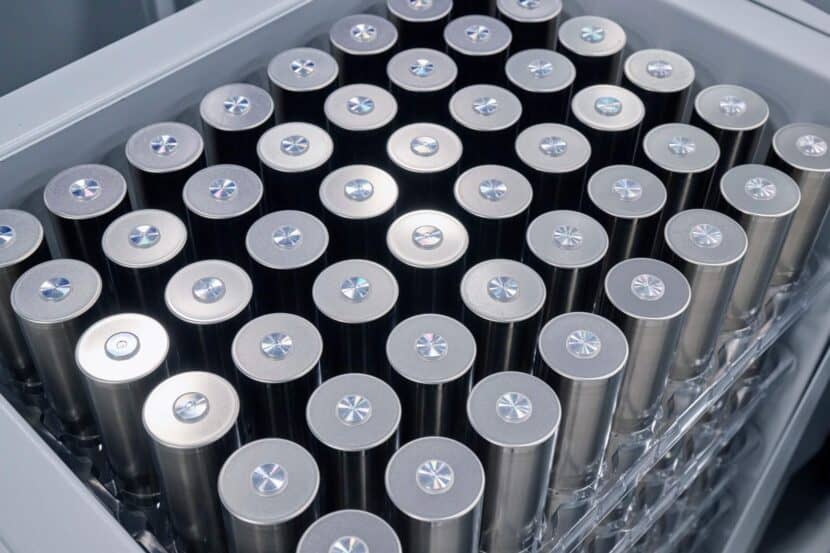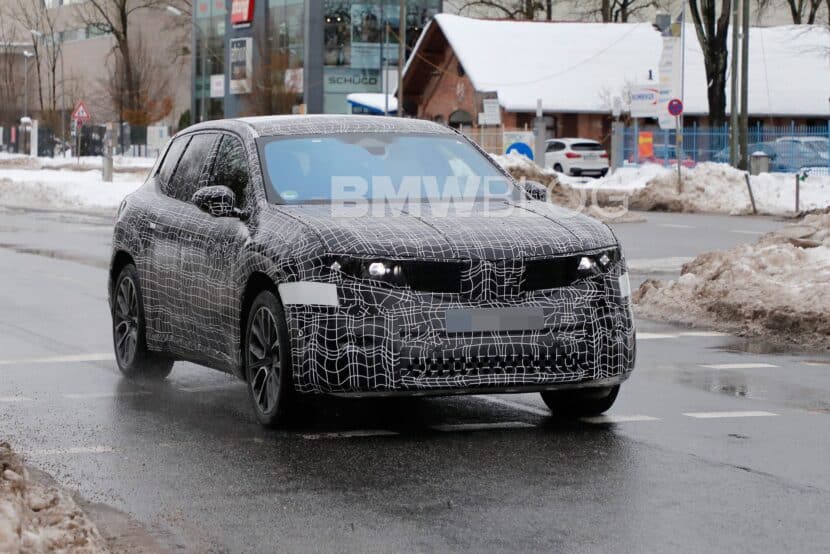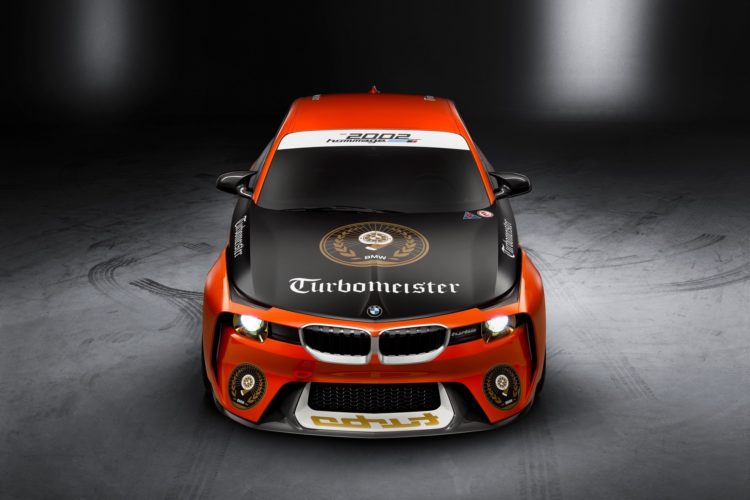BMW is quickly advancing and adhering to the timeline for the introduction of the Neue Klasse car lineup in 2025. During this week, the Munich-based car manufacturer provided the media with an exclusive behind-the-scenes glimpse into the preparations for the Neue Klasse. As detailed in our comprehensive article on the plant, the company is committing a 650 million euros investment to integrate the production of the Neue Klasse architecture alongside the existing CLAR-based products. By 2027, the Munich Plant is set to exclusively manufacture cars based on the Neue Klasse architecture, referred to as NCAR.
Milan Nedeljković, Member of the Board of Management of BMW AG, Production, was present as well and offered to take some ad-hoc questions from media representatives. We asked the production boss about the company’s plans of bringing the Neue Klasse production to different plants, specifically mentioning San Luis Potosi. Of course, we wanted to learn more about the potential challenges of having two platforms (CLAR and NCAR) running within a single factory.
CLAR and NCAR On The Same Production Line
“Just like with the Gen 5 architecture, we’ve set up a purpose strategy to integrate the high voltage battery into the architecture,” Nedeljković told us. “We are now in a phase of significant growth. And it’s a little bit an unpredictable growth. It’s volatile so you keep maintain maximum flexibility,” the production boss further added. “For the Neue Klasse, we see that the volume will significantly grow until then, and you’re coming to a tipping point where suddenly you have enough battery electric vehicles on the market and it makes sense to invest into it. Similarly, [there is a ] new architecture for battery electric vehicles [Gen 6] and parallel to that we will have the other architecture as well. And that’s why all our plants worldwide will be capable of running both in one line.”
Furthermore, Nedeljković says the company is prepared to integrate the Neue Klasse cluster into any plant worldwide so essentially there will be one production line capable of building both CLAR-based products (including their electric derivatives) and the Neue Klasse ones. “We will maintain all technologies, except of the body shop,” he added. “Of course, the body shop will be a different one, but that’s the nature of the body shop even for the existing architectural changes.”
Pre-Charged Batteries and Cars
Other questions came in around the transport of pre-charged battery cells and, of course, pre-charged cars. “So, more or less, we will receive the battery cells from suppliers. They are pre-charged to a certain level but not completely; you can transport battery cells as individual units,” Nedeljković said. “Once they are assembled into a battery pack, flying them is not allowed, but transportation is still possible.”
“We have local manufacturing for our high-voltage battery pack. The cells will come to the manufacturing facility, and we will assemble the battery pack. In Germany, we have three plants close to each other—Munich, Regensburg, and Dingolfing. We will establish a hub for battery manufacturing in a small village between the three sites. From there, we will distribute the battery packs to the three plants. On other sites worldwide, where we have the space and capability, we plan to set up battery manufacturing next to the assembly system, providing batteries directly to the production line. Since the battery cells are pre-charged, it is sufficient for the manufacturing process.”
Improved Efficiency In Production
BMW extensively discussed the efficiency and simplification of the production process with Neue Klasse during the event. However, a journalist sought clarification on what this means in simpler terms. Additionally, the journalist inquired about how this efficiency compares to Debrecen in Hungary, specifically in terms of starting with a greenfield and the levels of efficiency associated with initiating new production in a greenfield setting.
“Our strategic goal with the Neue Klasse is to achieve a 25% reduction in manufacturing costs for cars,” the production chief told us. “This target is focused on the plant’s budget allocated across the vehicles produced, specifically emphasizing manufacturing costs rather than the overall cost of the car. The goal also includes a 10-15% reduction by 2019, chosen as the reference year due to its stability before COVID and semiconductor shortages. Achieving the 25% reduction involves optimizing processes through digitalization, increased automation, and better modularization. In terms of technology, both Munich and Debrecen will use comparable technologies, with Munich introducing a new assembly line and taking advantage of the opportunity to incorporate the latest technology into the facility. This ensures that both locations maintain up-to-date technology levels, making them comparable in terms of efficiency and processes.”
BMW iX3 in Debrecen, i3 In Munich
Media representatives sought clarification on why the BMW iX3 is designated for production in Debrecen while the i3 is allocated to Munich. They questioned whether this decision reflects a historical connection of the classic sedan always being produced in Munich or if it is merely a coincidence in the production roll-out. “”Somehow, you know, the 3 Series is the product of Munich, and we will have a limousine as well in the Neue Klasse, and it fits into the structure. There’s also an element of coincidence, but it’s also based, more or less, on historical reasons.”
How about incorporating flexibility into the Neue Klasse production line to accommodate technologies such as hydrogen fuel cells, which BMW is currently testing? “Yes, it will be flexible for us,” Nedeljković told us. “Hydrogen is a very important alternative. That’s why we have a small fleet of hydrogen cars and we are working intensively on developing the technology further. And for us, hydrogen is one of the main or very important alternative to be considered and that’s why we keep the facilities flexible towards hydrogen and other technologies.”
Of course, there will be a lot more updates on the Munich and Debrecen plant as we approach 2025, so we expect to learn more about the iFactory and how BMW will structure its Neue Klasse portfolio for the future.









































































